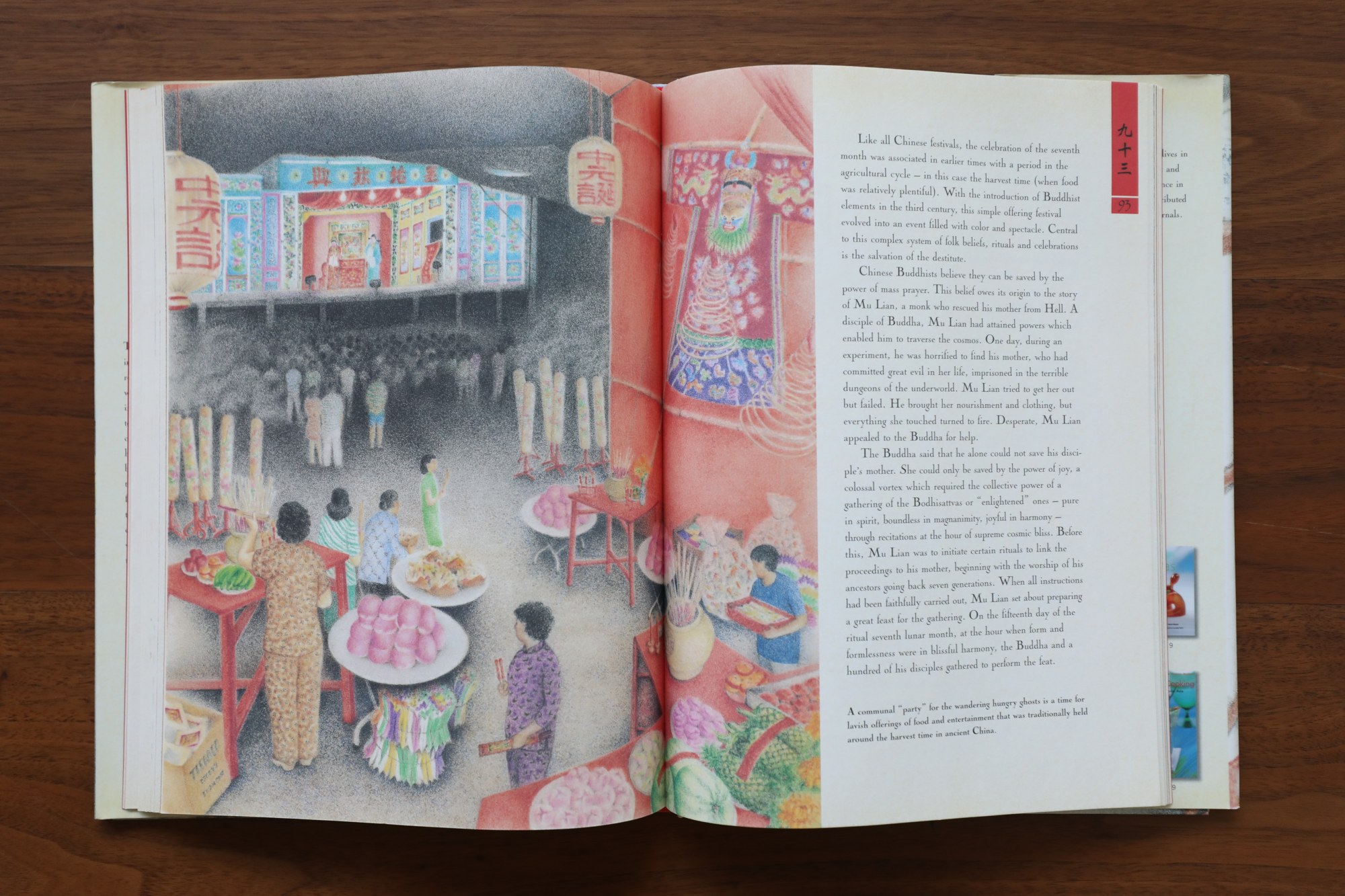
How to make lucky Chinese Lunar New Year dishes to bring money and happiness
- S.C. Moey describes Chinese festivals and gives recipes for how to make dishes traditionally eaten on those occasions
- She includes Lunar New Year dishes created to bring wealth, happiness and luck, and recipes for any Chinese feast – from roast pork to Yangzhou fried rice
Preparing a Chinese festival feast back in the old days must have been a daunting task.
In Chinese Feasts & Festivals – A Cookbook (2006), S.C. Moey writes: “It is often said that the Chinese live to eat. Happily for them, China’s rich history and culture have, with heaven’s mandate, conspired to fill the traditional calendar with a generous round of festivities at which all their gastronomic longings can be fulfilled.
“One good turn deserves another. To honour the benevolent powers that make all things possible, the Chinese install in their homes various guardians – some people call them gods – who at the appropriate times are invited to participate in human festivities and are plied with food and drink.

“The gods eat the spiritual essence of the offerings and man consumes the delectable substance. Chinese ancestors, who are considered on par with the gods, are revered and worshipped in the same way with a glorious repast.
“Cooking for both man and the gods is thus an event rich in symbolism – bringing wealth, happiness, luck and prosperity, all the things that man desires and which the gods can provide. Cooking for important festive occasions like this may seem like a formidable task, and certainly in the old days it was an enormous job, though nobody minded or even noticed.

“Fowls had to be plucked. Shark’s fins, sea cucumbers, bamboo shoots, to name just a few of the ingredients, had to be soaked, cleaned, boiled and reboiled – processes that could take several days. There were no short cuts, no labour-saving devices, and everything had to also be cooked over charcoal fires.
“For most cooks today, these would present insurmountable obstacles. Fortunately, time has taken much of the hard work out of cooking. Today, it is possible to cook for feasts and festivals without breaking one’s back. It can be quite an enjoyable exercise, in fact, thanks to refrigeration, the wide range of modern kitchen appliances, and the presence of supermarkets stocked with ready-to-use ingredients.”


